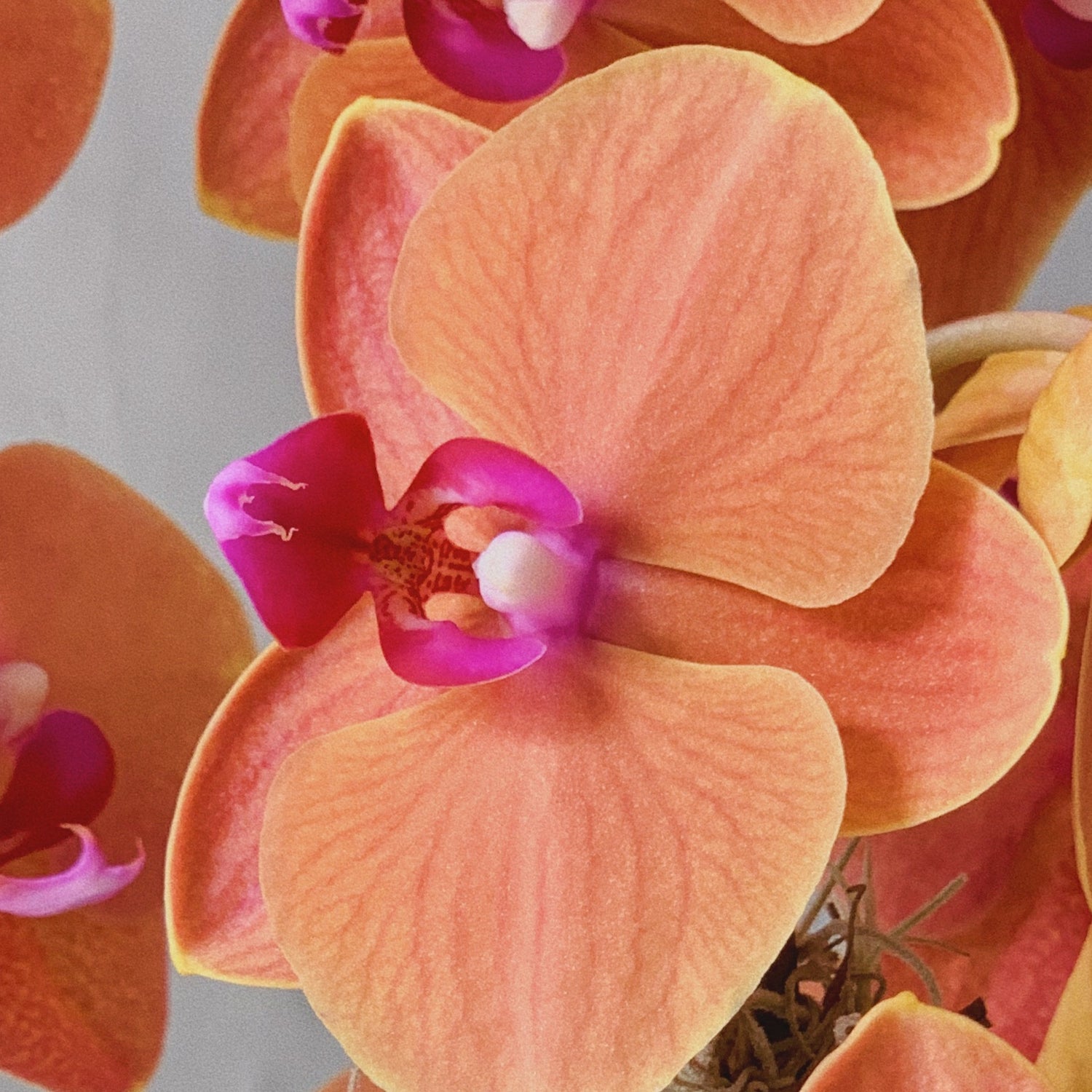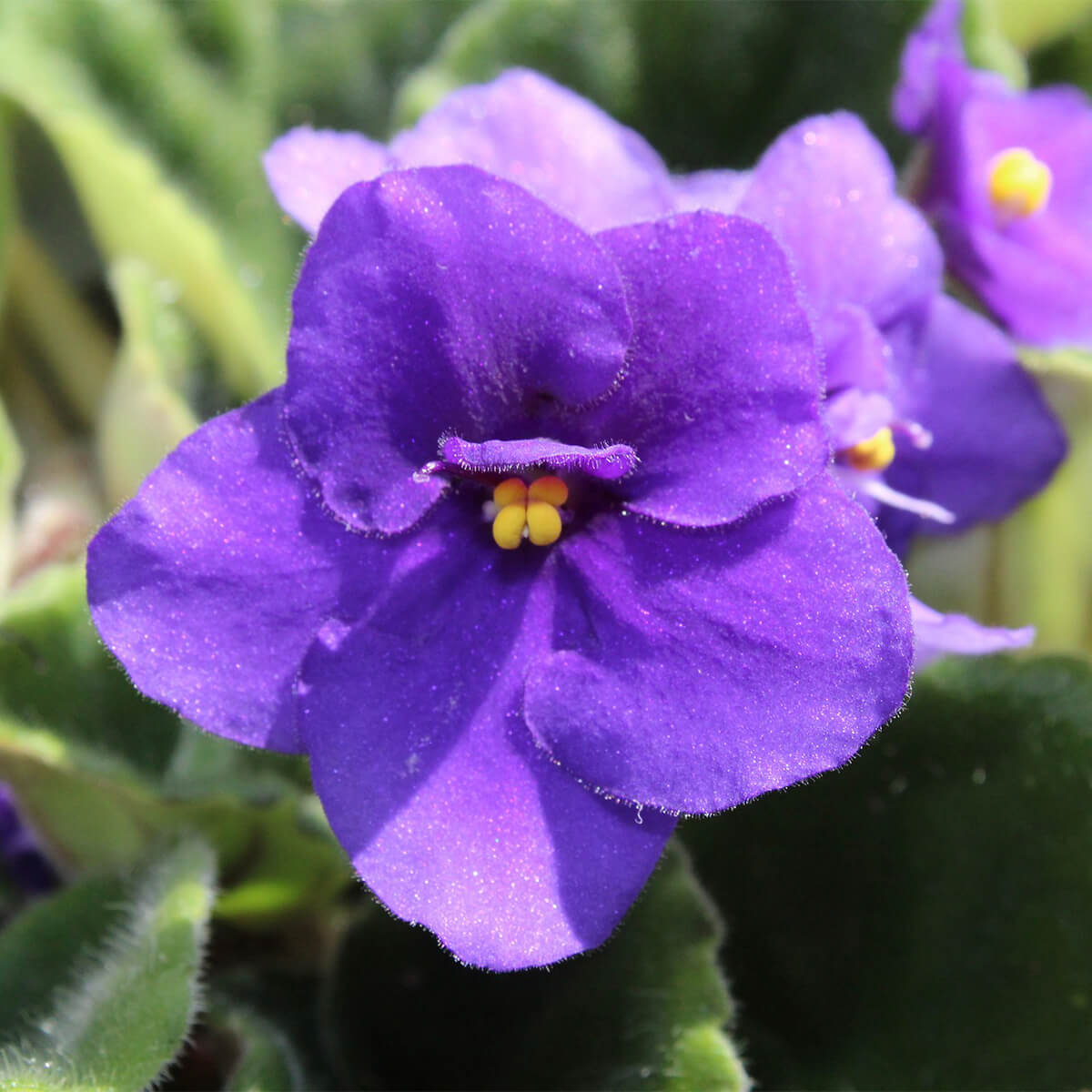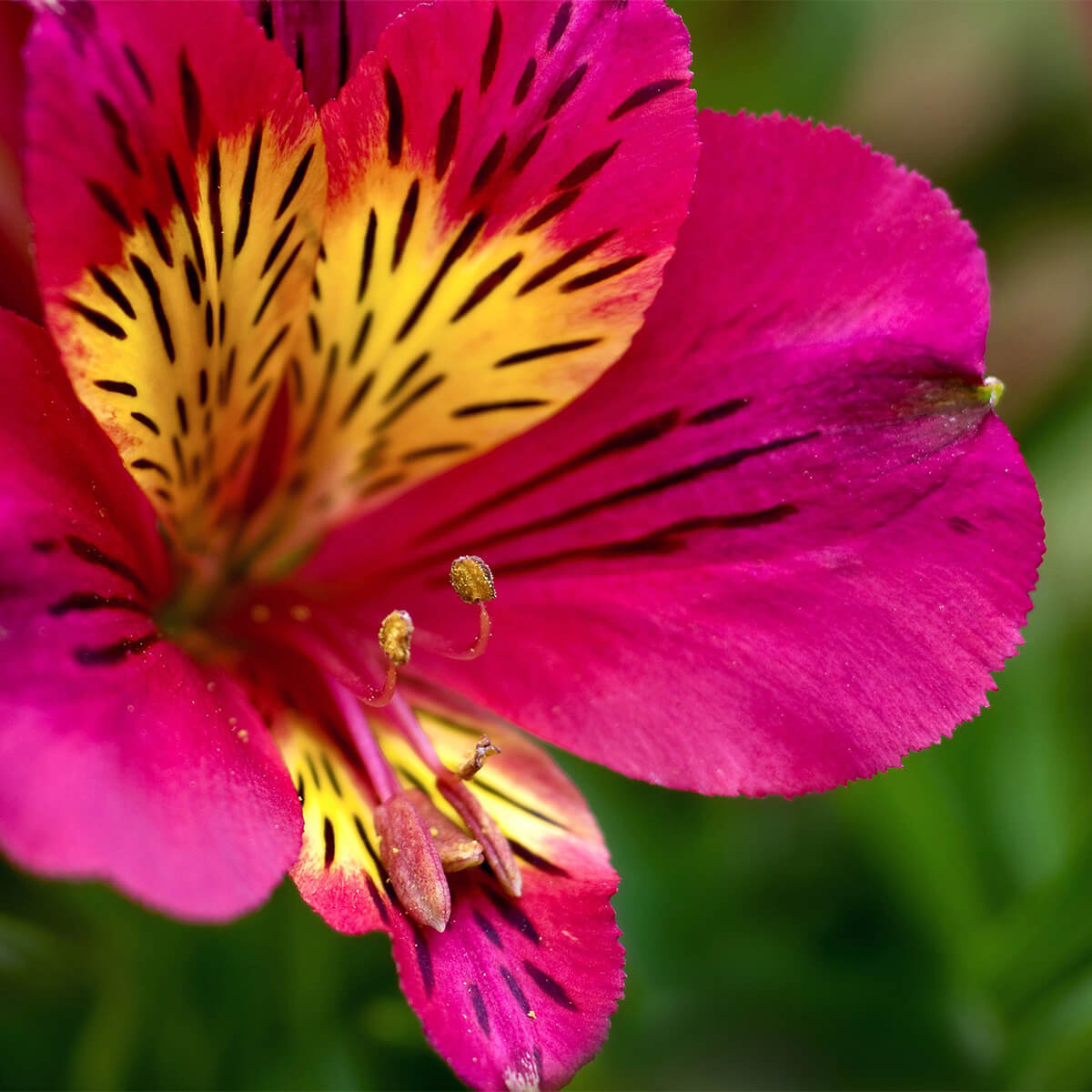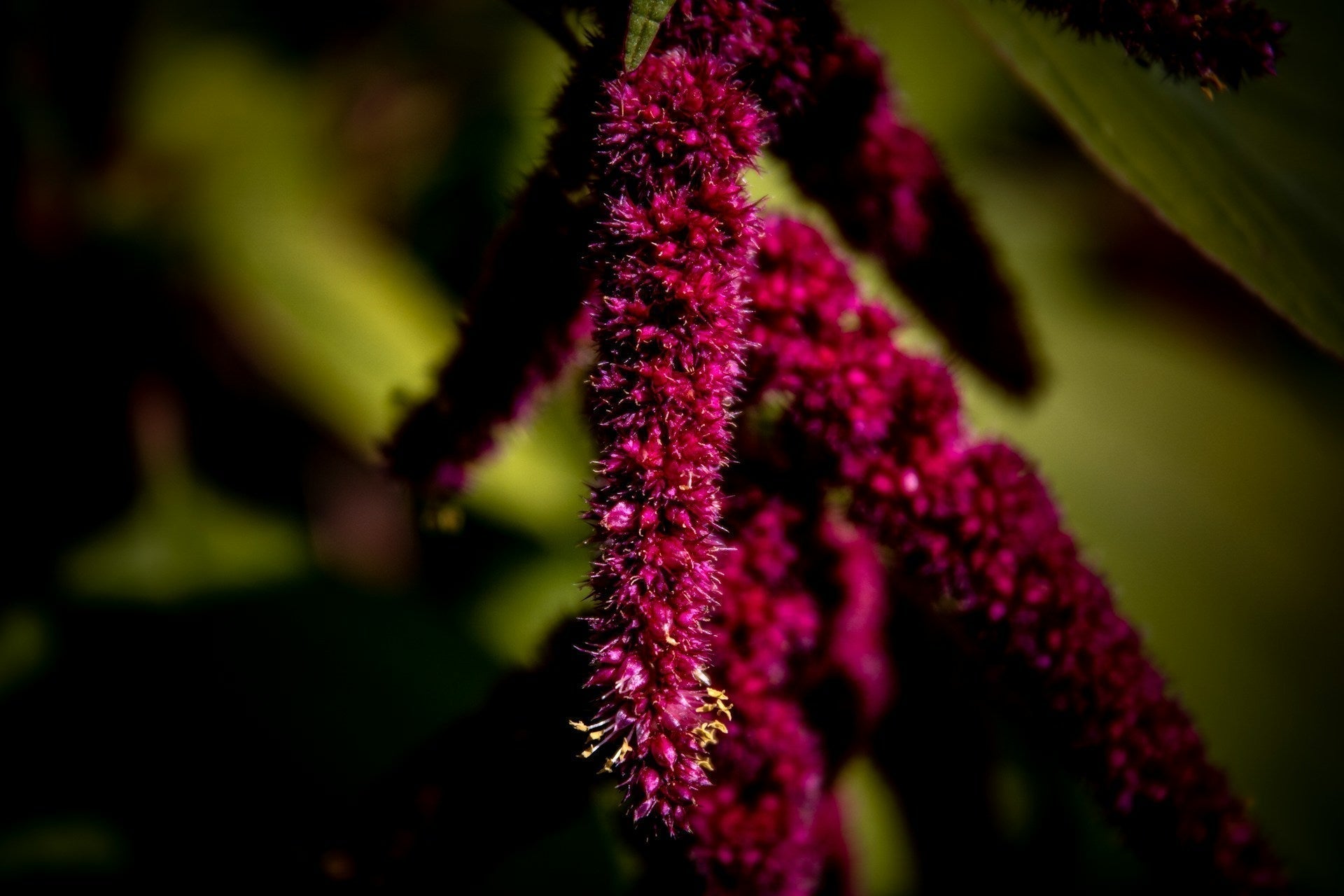Orchids – Orchidaceae
Symbolism: Orchids symbolize good luck, beauty, and perfection.
Description: Phalaenopsis Orchids are epiphytes or lithophytes, growing on other plants or rocks. They have short leaves and produce flowers atop a long, single spike. Flowers come in various colours, including white, yellow, orange, purple, pink, or red, and often have stripes or patterns. Most Phalaenopsis orchids are not fragrant.
Named after: The word orchid comes from the Greek word orchis, meaning “testicle” because of the shape of the root tubers in some species of the genus Orchis.
Latin/Scientific name: Phalaenopsis orchids
Native to: Tropical areas in the Asia-Pacific region
Flowering period: In spring, summer, or fall, depending on the species and environmental factors. Many hybrid types produce long-lasting blooms multiple times a year.
Vase life: Several days to several weeks
Popular use in floral arrangements or bouquets: Orchids are often used in vases and table centerpieces for a refined touch of beauty. They can also be included in bouquets, corsages, and boutonnieres for special occasions, as they resemble living jewels.
When in stock in our shops: Year-round for both potted orchids and in arrangements like our Aleks and Piper.
Potted plant care
Light
- Place your potted orchid plant in a location that receives bright, indirect sunlight.
- Avoid direct sunlight as it can scorch the leaves.
- Orchids can also be grown under fluorescent lights if natural light is not sufficient.
Soil
- Use a well-draining potting mix that contains bark, sphagnum moss, or coconut coir to ensure proper drainage.
- Orchids are epiphytes and do not require soil.
Water
- Water your orchid plant once a week or when the potting mix feels dry to the touch.
- Water thoroughly and allow excess water to drain out of the pot.
- Avoid overwatering as it can cause root rot.
Temperature & Humidity
- Orchids prefer warm daytime temperatuers (60-80°F, 16-27°C) and cool nighttime temperatures (55-65°F, 13-18°C).
- They also prefer a humid environment, so placing a tray of water near the plant or using a humidifier can help maintain adequate humidity levels.
Feeding
- Fertilize your orchid plant every 2-3 weeks with a balanced, water-soluble fertilizer during the growing season (spring and summer).
- Use a fertilizer that is specifically formulated for orchids.
- Avoid fertilizing during the winter months when the plant is dormant.
Transitioning Indoors to Outdoors
- Orchids are typically grown indoors, but they can be grown outdoors in warm climates.
- If you decide to transition your orchid plant from indoors to outdoors, do so gradually to avoid shock.
- Start by placing the plant in a shaded outdoor area for a few hours a day and gradually increase the exposure to sunlight over time.
- Ensure the outdoor environment is suitable for the type of orchid you are growing.







